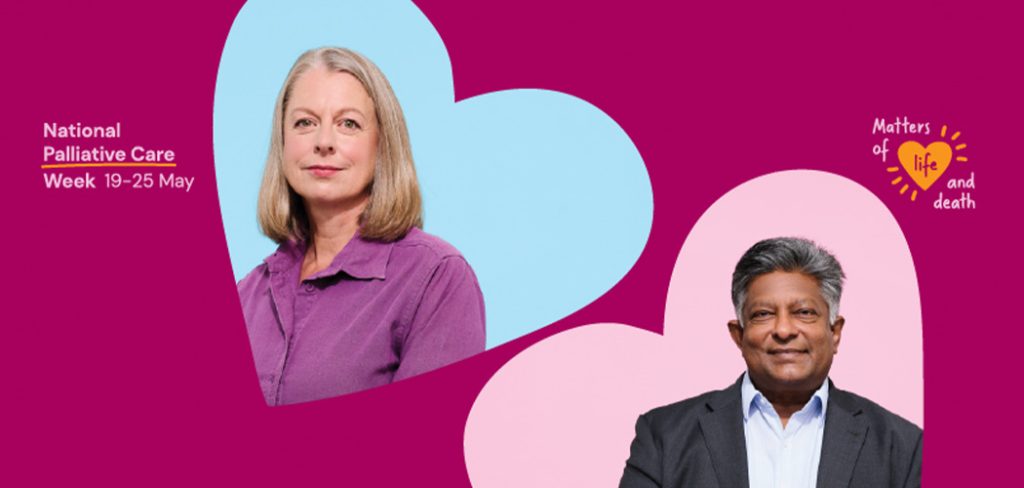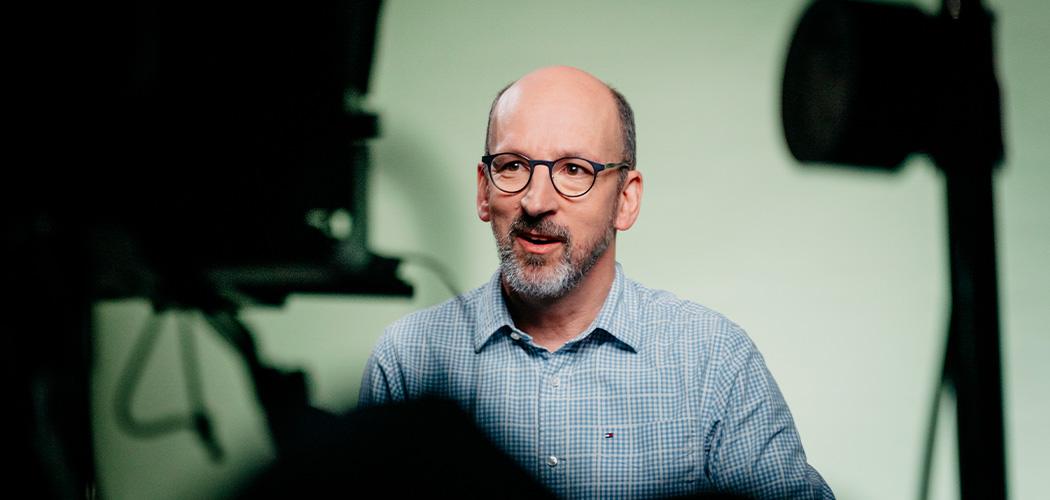As a young nurse working in oncology, Peter Jenkin began to question the often “futile treatment” given to patients and the lack of informed decision-making. Something inside him clicked, setting him on a path into palliative care nursing that has spanned nearly three decades.
“I just went, this makes so much sense, that dying is not just a medical procedure, it’s about the whole person, about their physical, social, spiritual, and psychological health and wellbeing, but also about their family,” he tells the ANMJ.
“Palliative care came about as a specialty because people felt really abandoned when they were told, ‘sorry, there’s nothing more we can do’. Basically, go away, get your affairs in order. But there’s a whole lot more we can do. It’s just that the goal is different. It’s about what can we do to help you live well, not just what can we do to cure your disease.”
National Palliative Care Week, aimed at deepening people’s understanding of palliative care and encouraging action around end-of-life planning, runs from 19-25 May. This year’s campaign, which features a new symbol for the palliative care sector, the ‘Orange Heart’, captures the powerful voices of the people, like Peter, at the heart of quality palliative care.
The first Specialist Palliative Care Nurse Practitioner employed by an aged care provider in Australia, Peter currently works at Canberra’s Clare Holland House, supporting patients and families who are dealing with a life-limiting illness at home and in the community.
When it comes to his learnings from working as a palliative care NP, Peter believes that, contrary to common perceptions, people facing a life-limiting illness don’t fear death itself, just the pain and suffering that sometimes goes along with it.
“The perception is, I don’t want to ask them how they are because it’s just going to upset them. But people, generally, want to talk about it,” explains Peter.
“There’s also a perception that palliative care is only about end-of-life care, about the last weeks of life, where there’s not much we can do to help somebody with any life-limiting condition, however long that might be. And for some people it is days, but for other people it’s years, and it’s the capacity to not only focus about the end of their life, but to think what we can do to help you live as well as you can, for however long that might be.”
In his palliative care work, Peter often encourages people to consider planning for the worst and hoping for the best. By doing that, he says they can put things in place, like giving authority to someone they trust and respect, in the event that they can no longer make decisions for themselves.
“Part of our job is to help people understand what the future might hold,” he says.
“Equally, if not more important, is making sure that health professionals are well-trained to have [end-of-life] conversations at the time that decisions need to be made. It’s those critical conversations at the time of interpreting what somebody’s wishes are, or interpreting advanced care planning into a clinical plan of what happens next. That’s unfortunately something that isn’t particularly good anywhere in health [but] it’s slowly getting better.”
Peter’s psychologically and emotionally challenging role has seen him witness and share intimate moments for more than 25 years.
One that sticks out is early on in his career working as a palliative care nurse in the semi-rural Adelaide Hills. A woman with breast cancer, not much older than him at the time, was unwell, and dying at home, with Peter visiting every few days.
“I just recall going into to get to her bedroom, you would go through the lounge, and in the lounge, she actually had a coffin on the coffee table,” he recalls.
“It was a pine box that was painted white and there were crayons and pencils and all sorts of things, and everyone who went past was encouraged to write something, or draw something, and it was covered with drawing from kids and all sorts of things. It just cemented to me that whole idea that we’re not just there to help someone with the wounds that she had, or the physical pain that she needed medications for.
“When she died, we were invited back, and we had her funeral out in the garden, and she was there under a tree in her coffin. It was just so different to anything I’d ever experienced before.”

Last year’s Palliative Care Australia NPCW campaign – ‘Matters of Life and Death’ – reached over 2.13 million Australians. As well as highlighting the holistic nature of palliative care that should be available to all Australians, this year’s campaign is also calling for greater education to empower Australians about quality of life towards end of life.
Peter describes palliative care as incredibly rewarding work, with his patients’ resilience continuing to drive him. In the future, he would like to see more nurses and other health professionals recognise the value of providing care for people as they approach end of life and join the specialty.
“I can make a difference in people’s lives when I go to work,” Peter says proudly.
“I can see the benefits, not only for the person but also their family. For the family, that goes on for many years afterwards. It’s about helping somebody stay in control as much as they can of the whole experience to help them not only with their physical symptoms but their psychological wellbeing. To be able to just to sit with someone and hold space is really important, and a willingness to listen. I think a lot of health is transactional. It’s about you coming in to do something for someone, but it can be so therapeutic just to be there.”








